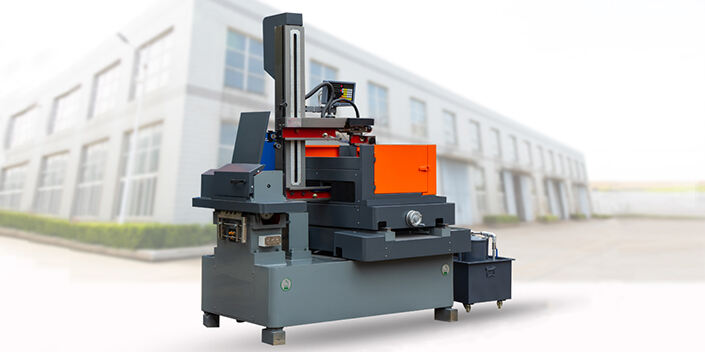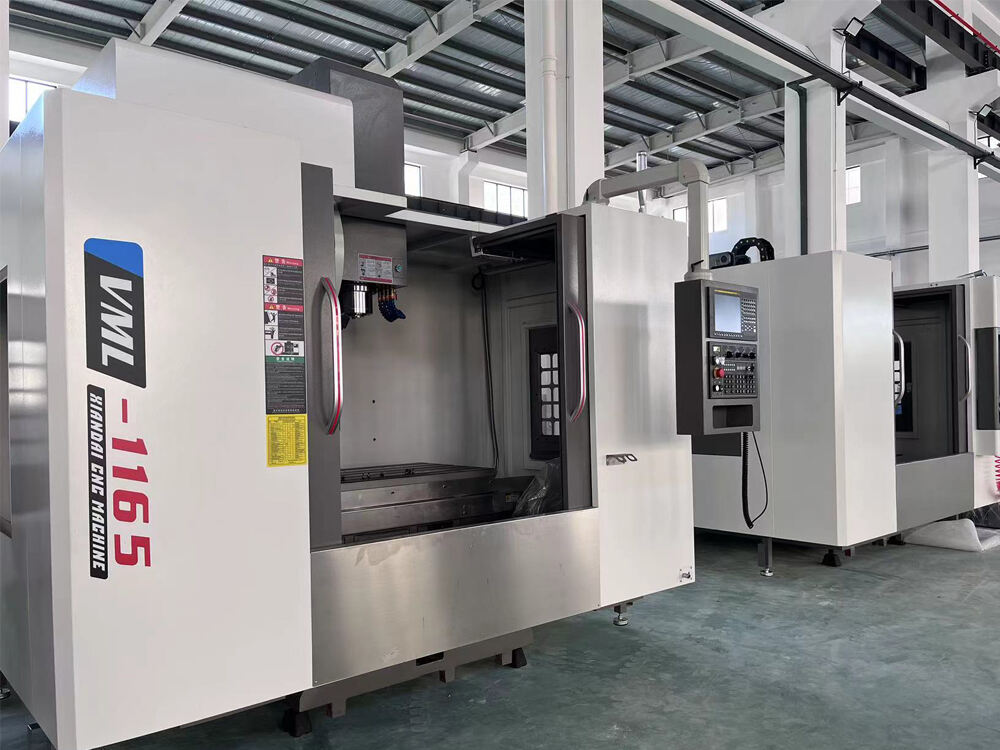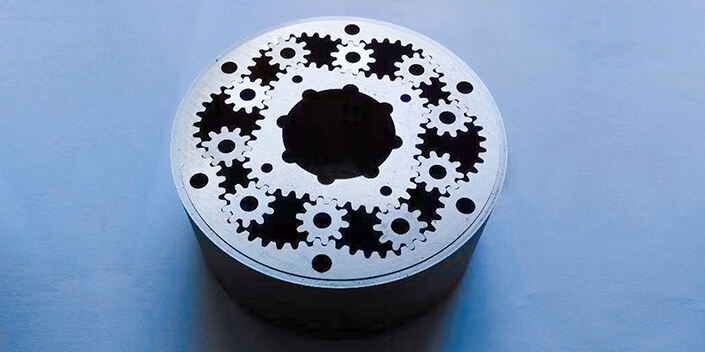Optimizing Shielding Gas Management
Electronic Welding Regulators for Gas Savings
Electronic welding regulators play a crucial role in achieving precise gas flow control, which is fundamental for improving gas conservation and enhancing welding outcomes. Unlike traditional regulators, which often struggle to maintain consistent flow rates, electronic regulators adjust automatically based on real-time conditions. This automatic adjustment minimizes human error and optimizes the gas flow needed for each welding task, leading to improved weld quality. For instance, such advanced systems can monitor and adjust according to the welding current, as outlined by Regula and incorporated in ABICOR BINZEL's electronic regulators, which demonstrates significant efficiency improvements.
Traditional regulators are often susceptible to variances that lead to gas wastage, whereas electronic welding regulators offer a solution that can optimize operational costs—sometimes achieving a reduction in gas consumption by up to 30% in certain industries. This efficiency not only lengthens the lifespan of gas tanks but also reduces handling costs associated with frequent tank replacements. More importantly, studies have indicated that automated electronic systems contribute to a more stable welding arc due to consistent gas flow, which directly correlates with superior welding results. Thus, investing in these systems not only significantly cuts costs but also promotes higher-quality welding outputs.
Real-Time Monitoring to Reduce Waste
Real-time monitoring technology in welding processes is essential for tracking performance metrics effectively to reduce wastage. These systems enable the continuous observation of welding operations, allowing operators to identify leaks or inefficiencies instantly. By addressing such issues immediately, companies can substantially decrease material waste, which directly translates into cost savings. Implementing this technology means that abnormalities in flow rates or pressure can be promptly corrected, maintaining the optimal function of the welding process and enhancing productivity.
Numerous companies have successfully integrated real-time monitoring with measurable improvements. For instance, upon adopting monitoring systems, businesses have reported a reduction in gas waste, enhancing overall productivity. Data supports these claims, with various industries showing a tangible decrease in waste percentages due to this proactive approach. By leveraging such technology, organizations can achieve not only efficient gas management but also a streamlined welding process that sustains high standards of operation quality.
Enhancing Robotic Welding Efficiency
Nozzle Reaming for Consistent Arc Starts
Nozzle reaming plays a crucial role in ensuring consistent arc starts in robotic welding processes. By maintaining clean and clear nozzles, welding operations can minimize defects and eliminate arc start issues caused by spatter or debris accumulation. A study published in the Journal of Welding Research highlights that regular nozzle maintenance can significantly decrease downtime, leading to improved productivity as welding defects are reduced. Moreover, using durable materials in nozzle reaming can extend the life of equipment and reduce the frequency of maintenance, offering economic benefits. Such practices are essential in achieving optimal welding performance and maintaining efficiency.
Cable Length Optimization to Minimize Downtime
Optimizing cable lengths in robotic welding setups is essential for enhancing mobility and operational efficiency. Proper cable management ensures that cables are neither too long nor too short, both of which can lead to resistance issues and overheating during operation, potentially causing welding failures. Industry tests underscore the importance of optimized cable lengths, with statistics showing decreased downtime and increased efficiency in setups where cable length perfectly matches the equipment’s requirements. By adhering to best practices for cable management, including consulting with OEMs for tailored solutions, businesses can minimize downtime and boost overall productivity.
Electronic Gas Management Integration
Integrating electronic gas management systems with robotic welding machines offers substantial productivity enhancements through streamlined operations. This integration facilitates a seamless synergy between gas management and welding parameters, significantly reducing operational costs while improving weld quality. Case studies from companies that have adopted electronic gas management systems reveal notable productivity increases, showcasing how such advancements are pivotal in modern welding applications. Looking ahead, advancements in gas management technology promise further improvements in robotics, setting the stage for more intelligent and efficient welding solutions. Embracing these technologies allows for heightened automation and reduced manual intervention, aligning with industry trends towards maximizing operational efficiency.
Leveraging Multiprocess Welding Systems
RMD Technology for Back Purge Elimination
Regulated Metal Deposition (RMD) technology plays an essential role in eliminating back purging in certain welding applications, particularly in pipe welding. By utilizing RMD, welders can minimize preparation time and improve weld quality, facilitating faster welding processes without the need for costly argon shielding gas. This technology allows for a more consistent metal deposition, enhancing the weld quality by reducing defects commonly associated with traditional methods.
Industry case studies, such as those from De-Cal, demonstrate substantial cost reductions and performance benefits from implementing RMD technology. Welders can achieve more consistent root reinforcement and improve the overall welding speed, thereby doubling completion rates. Additionally, RMD technology shows maximum efficiency in industries like oil and gas, where eliminating back purge can lead to significant time and cost savings, thus increasing their competitiveness.
Transitioning to Flux-Cored Welding Processes
Transitioning to flux-cored welding processes offers distinct advantages over traditional welding methods, particularly in terms of productivity and versatility. By adopting flux-cored processes, companies can improve welding speed and reduce the number of passes required, which is especially beneficial for thicker pipes. This method allows for faster travel speeds and higher deposition rates, ultimately enhancing productivity.
Industry benchmarks have consistently shown increased productivity rates through the transition to flux-cored processes. To successfully transition, companies should follow best practices, which include comprehensive training programs for welders and optimizing setup configurations. These steps ensure that welders are proficient in handling the flux-cored processes and maximize the benefits of improved efficiency and reduced operational costs. This strategic expansion into advanced welding techniques empowers companies to meet industry demands and overcome the challenges posed by traditional welding methods.
Precision Techniques for Seamless Integration
EDM Wire Cutting for Accurate Pipe Preparation
EDM (Electrical Discharge Machining) wire cutting is a technology pivotal in ensuring precise pipe preparation, crucial for high-accuracy welding. By utilizing an electrically charged wire to cut metal with sparks, EDM wire cutting achieves unparalleled precision, making it ideal for intricate pipe profiles and contours. The benefits of EDM wire cutting extend beyond mere accuracy; it significantly reduces material waste, as it eliminates the need for extensive grinding or reworking. This results in superior welded joint quality, with reduced defects and improved structural integrity. Companies that have integrated EDM wire cutting into their manufacturing processes often report enhanced operational efficiency and fewer errors. For instance, manufacturers specializing in EDM discharge machining have noted a marked decrease in defects and production times. Technically, the precision of EDM wire cutting allows for exceptional surface finishes and tolerances often within the micrometer range, setting a new benchmark in pipe preparation and welding integration.
Automated Spool Welding Setup Strategies
Implementing automated spool welding setup strategies is essential for enhancing both efficiency and productivity in industrial manufacturing. With automation, setup times are significantly reduced, allowing production lines to operate with minimal interruptions. This shift is mainly facilitated by integrating advanced technological tools and software that streamline workflow management. For example, software solutions enable precise control over welding parameters and real-time data tracking, leading to consistent weld quality. Quantitative benefits of this automation approach include a substantial decrease in setup times, reported by industry leaders as over 50% reduction, and improved operational throughput. Case studies from heavy industries demonstrate that automating spool welding processes results in increased production metrics, with many companies experiencing a twofold increase in output efficiency. By keeping up with these evolving strategies, businesses not only enhance productivity but also maintain a competitive edge in the rapidly advancing welding industry.





